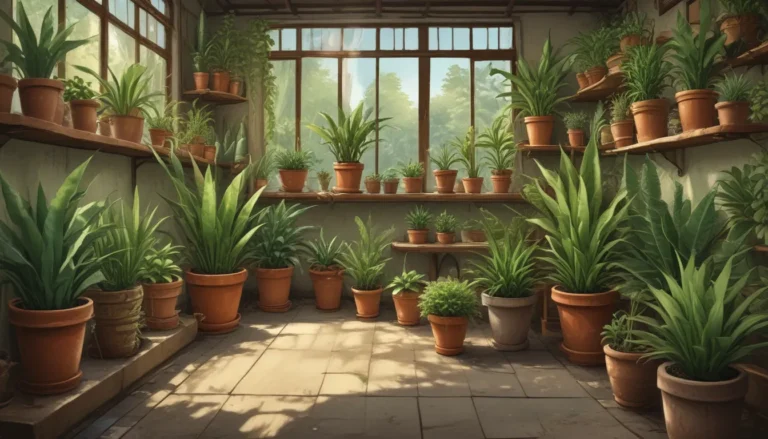Comprehensive Guide on Growing and Caring for Larch Trees

Larch trees are truly a sight to behold with their straight stature, bright green needles that turn a stunning gold in the fall. These trees are uniquely adapted to harsh conditions, thriving in high elevations where no other species can survive.
What Are Larches?
Larches belong to the Larix genus, and they are the only deciduous conifers in western North America. With silvery young bark that matures to reddish-brown, these trees are easily recognizable. Larches have clusters of needle-like leaves, and their cones are held upright on branches.
One distinct feature of larch trees is their ability to drop their leaves in the winter, a survival mechanism in their extreme native ranges. They grow in high elevations, pushing the limits of tree line with their resilience.
Cultivation and History
Five commonly grown larch species in North America include Eastern, European, Tamarack, Subalpine, and Western larches. These species can crossbreed where their ranges overlap, creating unique hybrids.
The Russian, Chinese, and Japanese larch species are less commonly cultivated outside their native regions. Western larches are the largest, reaching up to 200 feet in height, while Tamarack larches are typically smaller, reaching about 80 feet.
Larch trees have a rich history of traditional uses by various tribes, from medicinal purposes to building canoes. Today, larch tree gum is still used in pharmaceuticals, ink, and paint.
Larch Tree Propagation
Larch trees can be easily propagated from seeds with high germination rates. Cuttings are another option, but seed propagation is typically more successful. The stratification process involves freezing seeds for three months before planting.
Transplanting nursery plants is another way to propagate larch trees, with the ideal time being during the tree’s dormant period in late winter or early spring.
From Seed
Harvest mature larch cones for seeds, ensuring they are open and contain viable seeds. Stratify the seeds before planting, and sow them in a potting medium in a six-inch pot. Keep the soil moist and place the pot in a sunny location for germination.
From Cuttings
Hardwood cuttings are ideal for larch tree propagation in late winter. Plant the cuttings in a sand and perlite mix, water regularly, and monitor soil moisture for successful rooting.
From Seedlings/Transplanting
Transplanting larch seedlings during their dormant period is the best approach. Dig a hole twice the size of the container, amend the soil, and plant the tree at the same depth as in the container. Water the tree well after planting.
How to Grow Larch Trees
Larch trees thrive in full sun, requiring at least eight hours of sunlight daily. While Tamarack larches can tolerate wet soil, other species prefer well-draining conditions. Once established, larch trees are drought-tolerant and do not require additional watering.
Fertilizing should only be done if the soil is deficient in nutrients after a soil test. Pruning mature larch trees is unnecessary, except for removing dead, diseased, or deformed branches.
Species and Cultivars to Select
European larches are the most commonly grown in home gardens, with various hybrids and cultivars available. Other species like Japanese, Tamarack, and Western larches offer unique characteristics suitable for different landscapes.
Best Uses for Larch Trees
Larch trees can be used as specimens, ground covers, or in borders, depending on their size. Weeping varieties make beautiful anchor plants near entryways or walkways, while smaller types can be grown as bonsai or in containers.
Quick Reference Growing Guide
- Plant Type: Deciduous conifer
- Native to: Asia, Europe, North America
- Hardiness (USDA Zones): 1b-8a
- Bloom Time: Spring bloom, fall leaf color
- Exposure: Full sun
- Height: Up to 200 feet
- Spread: 30 feet
- Water Needs: Moderate
- Common Pests and Diseases: Adelgids, larch casebearers; crown rot, larch blight
Conclusion
Larch trees are not only visually striking but also incredibly tough, able to thrive in harsh conditions. With proper care and maintenance, these trees can add beauty and interest to any landscape. Whether you choose a European, Japanese, Tamarack, or Western larch, each species offers unique characteristics that make them a valuable addition to your outdoor space. So get planting and enjoy the beauty and resilience of larch trees in your garden!





